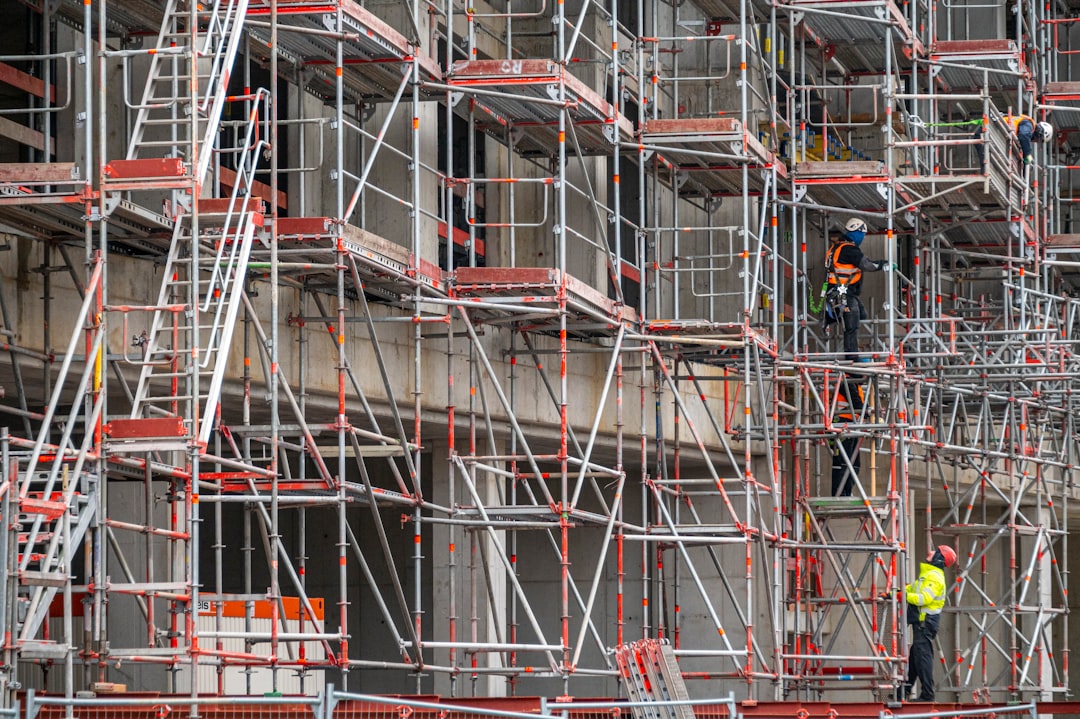Understanding Subfloor Costs in Residential Construction
Subflooring is a critical component in residential construction, often overlooked in favor of more visible elements like flooring and cabinetry. However, subfloor costs can significantly impact the overall budget. Typically, subfloor installation ranges from $4.25 to $7.75 per square foot, depending on materials and labor. This guide provides insights into managing these costs effectively.
Components of Subfloor Costs
Subfloor costs include:
- Panels or boards (plywood, OSB, specialty materials)
- Fasteners and adhesives
- Moisture or sound barriers
- Labor for installation and cleanup
- Equipment rentals
- Waste removal fees
Typical Residential Price Range
Most projects fall within $4.25 to $7.75 per square foot. Factors such as material upgrades or specific project requirements can adjust this range.
Key Factors Influencing Costs
- Floor Area: Larger areas increase material and labor costs.
- Existing Conditions: Additional prep work for damaged panels or uneven surfaces.
- Material Grade: Higher-grade materials like tongue-and-groove plywood can reduce future repair costs.
- Moisture Exposure: Areas like kitchens and bathrooms may require treated materials.
- Code Requirements: Local codes may dictate specific materials or installation methods.
- Schedule Pressure: Tight deadlines can increase labor costs.
Calculating Costs with Advanced Tools
Using advanced tools, you can streamline the estimation process:
- Use voice-enabled apps to capture dimensions.
- Select materials with real-time pricing updates.
- Adjust labor rates based on regional data.
- Generate detailed estimates and professional quotes quickly.
Material Choices and Their Impact
- Standard OSB: Cost-effective for dry areas.
- CDX Plywood: Stronger, slightly higher cost.
- Tongue-and-Groove Plywood: Reduces squeaks, higher initial cost.
- Structural Composite Panels: High moisture resistance, higher cost but lower long-term risk.
Labor Considerations
Labor costs can vary significantly based on:
- Crew size and skill level
- Site accessibility
- Fastener patterns
- Material acclimation time
- Coordination with other trades
Common Pitfalls and Solutions
- Underestimating Waste: Include standard waste percentages.
- Ignoring Fastener Counts: Ensure accurate fastener estimates.
- Overlooking Moisture Barriers: Specify barriers in wet areas.
- Missed Change Orders: Update estimates as project details change.
Cost Ranges at a Glance
- Basic OSB Replacement: $3.00 – $4.25 / sq. ft.
- New Subfloor, Code Minimum: $4.25 – $5.75 / sq. ft.
- Premium T&G System: $5.75 – $7.75 / sq. ft.
- High-Moisture Composite: $7.75 – $12.00 / sq. ft.
Get an Accurate Quote Today
For precise subfloor cost estimates, utilize advanced tools that combine AI and real-time data to streamline the process and ensure accuracy.
Case Study: Reducing Subfloor Costs by 18%
A recent project demonstrated significant savings using advanced estimation tools. Initially estimated at $15,800, the refined cost was $12,900, an 18% reduction. Key savings were achieved through optimized sheet layout, supplier shifts, and labor sequencing.
Insights that Drove the Savings
- Optimized Sheet Layout: Reduced waste from 12% to 5%.
- Regional Supplier Shift: Found lower-cost materials.
- Fastener Pattern Adjustment: Reduced fastener count.
- Labor Sequencing: Improved efficiency by coordinating with other trades.
Pro Tips for Builders
- Record Room Names: Helps recommend appropriate materials.
- Use On-Site Snapshots: Identify potential issues early.
- Lock Prices: Secure material rates to avoid price spikes.
Next Steps
To optimize your subfloor costs, consider using advanced estimation tools that provide accurate, real-time data and streamline the quoting process.

